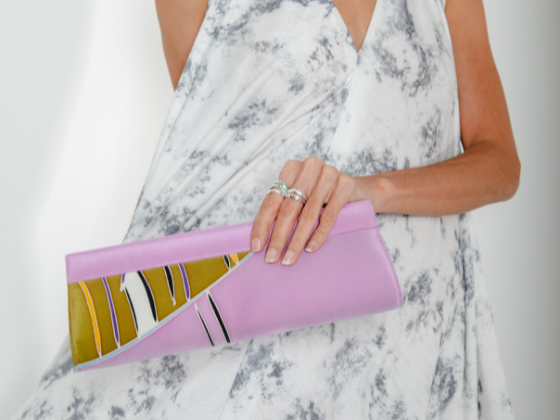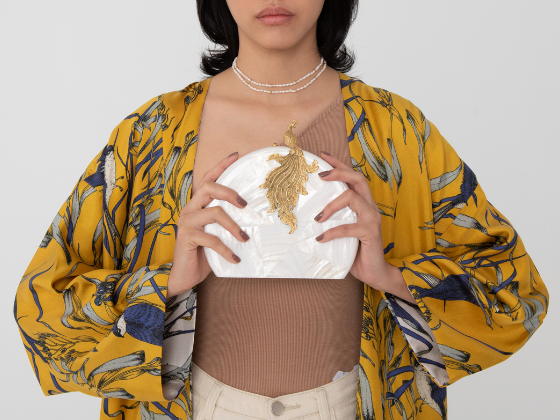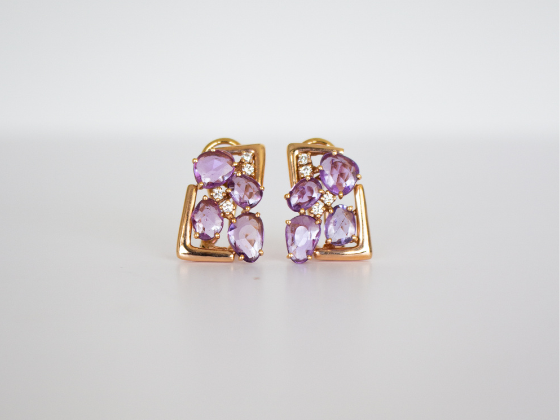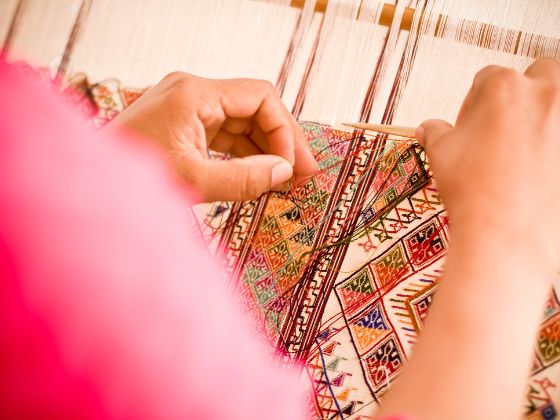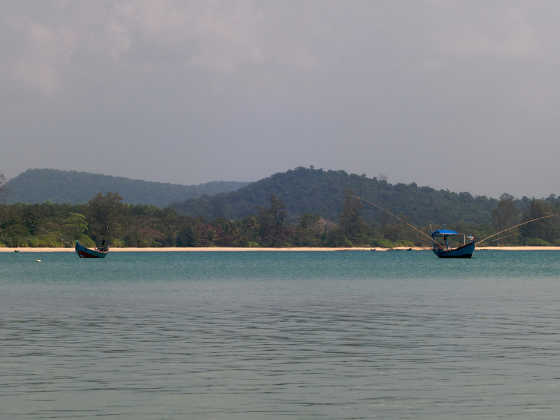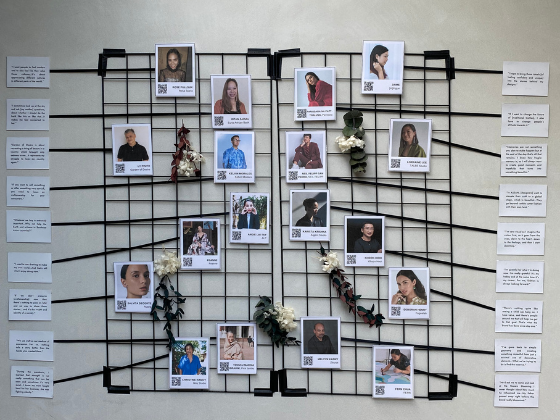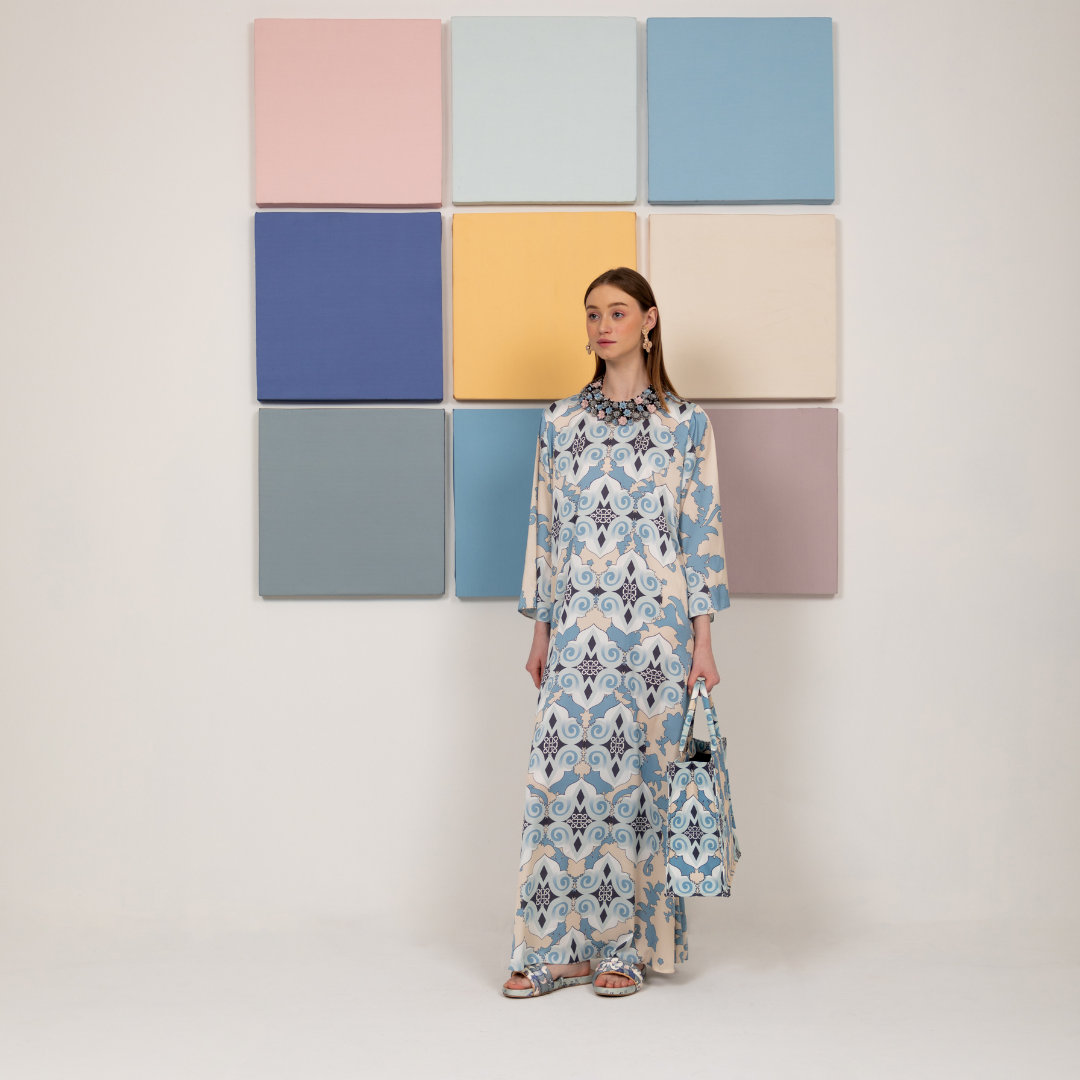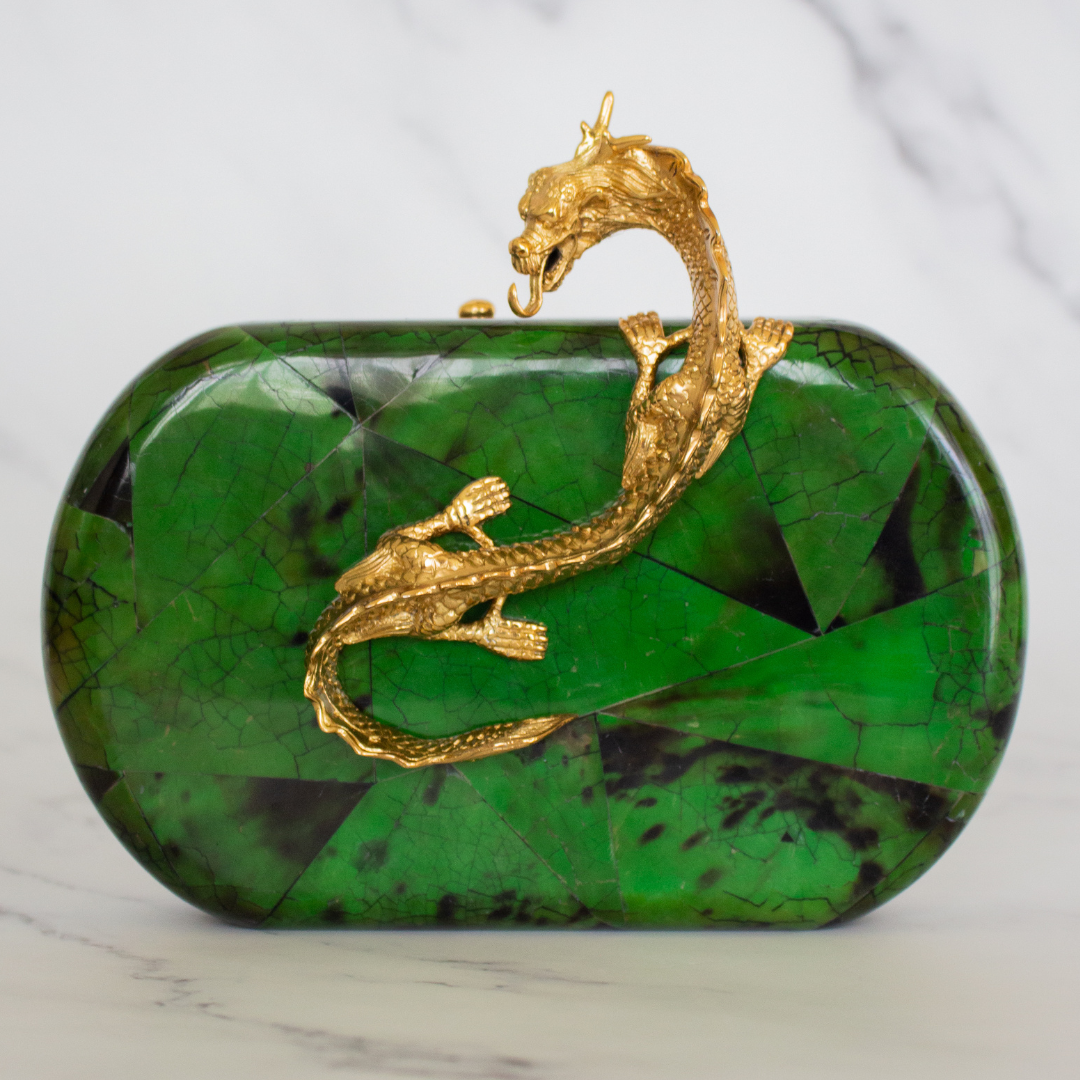By Aisha Hassan on February 29, 2024
When we first walked into Sebastian Gunawan’s showroom in Jakarta, we were blown away by the artistry of his designs. From impeccable corsetry to vibrant fabrics and intricate embellishments, it was a fashion paradise. Couture, however, is typically made to order and at a price point accessible to the very few — so when we found out about VOTUM Heritage, another of Gunawan’s brands that sought to make luxury affordable while fusing modern design with a nod to heritage, we knew it would be a perfect fit for Dia.
VOTUM Heritage is led by Gunawan as Creative Director and his wife, Cristina Panarese, as the co-founder. Both individuals are revered designers in their own right and thoughtfully work together to create each piece. VOTUM Heritage in its current iteration actually blossomed during the pandemic, when a lack of social events prompted the designers to pivot their ready-to-wear party line — VOTUM — to a collection of more casual yes still luxurious looks, designed to be worn fashionably at home or in more everyday settings. The emphasis is on custom prints and fabrics, typically in a stunning satin fabric blend, and with a story behind every motif they use.
Below, Gunawan and Panarese share further insights on VOTUM Heritage.
What is the story behind the brand’s name?
VOTUM means promise, dedication, vow, or a solemn pledge. A brand dedicated to providing ladies with the best affordable party dress. A promise of quality, making sure every dress is made thoughtfully. For VOTUM Heritage, the description “Heritage” refers to the inclusion of Indonesia’s rich cultural heritage in each design.
Why did you decide to take inspiration from Central and Eastern Indonesian motifs?
The capital of Indonesia was rumored to be moved to the Central part of Indonesia, so the designers did more research on the motifs and patterns of that area. Since people are [typically] more aware of Javanese motifs, the designers wanted to bring out motifs from other parts of the country, and found Dayak and Toraja motifs interesting.
Can you deep dive into a specific motif you use in your designs?
The base for VOTUM Heritage is elements from Dayak and Toraja traditional fabrics. This is then incorporated with different concepts: i.e. Morrocan prints, Orchids, and other flora fauna of Indonesia. The Dayak tribe is on the island of Kalimantan (Indonesian Borneo) and the Toraja tribe is on the island of Sulawesi. One of the elements the brand repeatedly uses, the swirl design, is a derivative of the batik motif of Kalimantan’s hornbills. A similar design was taken from the Batang Garing Motif, a symbol of the Tree of life. Other elements portray “river” motifs as many of the tribes’ activities are related to the river. Many other elements are chosen after careful consideration, as some motifs/elements might not be suitable for all occasions.
What is the working dynamic between Sebastian and Cristina?
Both designers co-work throughout the creative and design process: Discussing the direction of where the next collection should go, researching with the team for upcoming color trends, and coming together with silhouettes, concepts, and motifs to use.
How do you draw on your experience as a couture designer and apply it to this more affordable luxury line?
Fashion can be shared and enjoyed by everyone in all walks of life. By making a more affordable line, it allows us to bring more quality items to more people. This is also an interesting challenge, as materials used, price offered, and designs made, have to be acceptable to many.
Take us through the process of designing a print.
Both designers are responsible for coming up with an inspiration for a concept, and after deciding on one, the designers then sketch how the outfits would look and the assistant designers will assist in processing the inspiration that is to be poured into the pattern designs. The fabrics are carefully chosen through R&D, making sure they are right before being sent for printing. The printed fabrics are then tailored to the products available you see in the market. Each step is monitored by the QC department, assuring the quality of the product is consistent through the sampling and production process.
How and where is your clothing made?
The preparation before and after tailoring is done in Sebastian Gunawan’s ready-to-wear production house in Jakarta, Indonesia.
What’s been inspiring you lately?
The sand has been an inspiration and applied several lines recently. Since it’s close to Eid, the Sahara desert is part of the mood board. We’re exploring portraying the different colors found in flowers in the desert, heaps of sand as well as the ecosystem of the oasis — appreciating the beauty that’s visible, but usually not paid attention by many.
If you could describe Votum in three words, what would it be?
Comfortable, Affordable, Fashionable
This interview has been edited for brevity and clarity.

